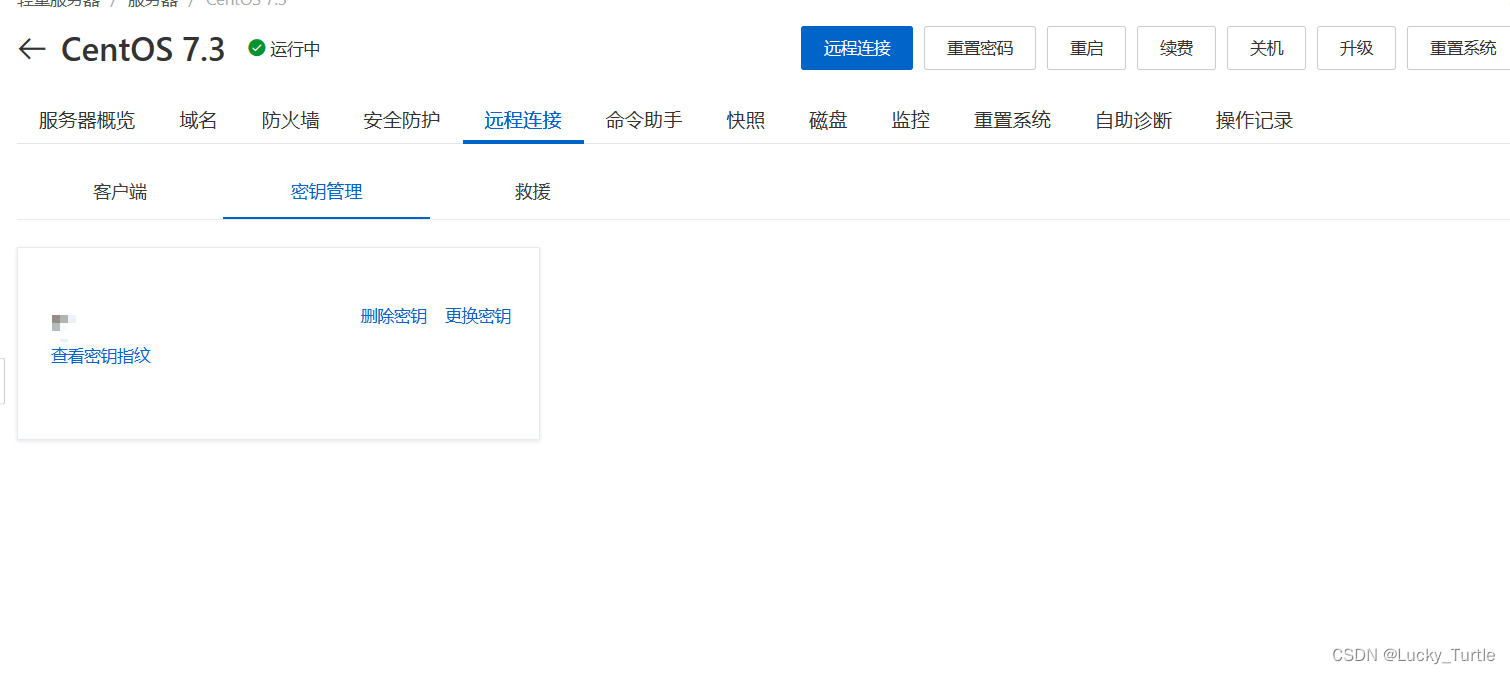一、动态路由
在前面的博客中,我们学习了如何创建基本的 Flask 应用,并定义了一些简单的路由。但有时候,我们需要更加灵活的路由,能够根据用户请求的不同来动态生成响应。Flask 提供了动态路由的功能,使我们能够轻松处理这种需求。
使用动态路由参数
动态路由是指路由中的某些部分可以是变量,这样在处理请求时可以获取这些变量的值。例如:
from flask import Flask
app = Flask(__name__)
@app.route('/user/<username>')
def show_user_profile(username):
return f'User {
username}'
@app.route('/post/<int:post_id>')
def show_post(post_id):
return f'Post {
post_id}'
在上面的例子中,<username> 和 <int:post_id> 都是动态路由参数。当用户访问 /user/john 时,username 参数将被设置为 'john';当用户访问 /post/1 时,post_id 参数将被设置为 1。在Flask中,除了int之外,还有一些其他的数据类型可以用于动态路由。以下是一些常见的数据类型和它们的描述:
| 数据类型 | 描述 |
|---|---|
| int | 接受整数 |
| float | 接受浮点数 |
| path | 类似字符串,但可以包含斜杠(/) |
| string | 默认类型,接受没有斜杠的字符串 |
| uuid | 接受UUID字符串 |
二、获取请求中的数据
1. 在 GET 请求中获取参数
在 Flask 中,可以使用 request.args 对象来获取 GET 请求中传递的参数。这些参数通常是通过查询字符串(Query String)传递的。
from flask import Flask, request
app = Flask(__name__)
@app.route('/search')
def search():
query = request.args.get('q')
return f'Search query: {
query}'
用户可以通过访问 /search?q=Flask 来传递搜索参数。
2. 在 POST 请求中获取表单参数(Content-Type=multipart/form-data Content-Type=application/x-www-form-urlencoded)
from flask import Flask, request
app = Flask(__name__)
@app.route('/login', methods=['POST'])
def login():
username = request.form.get('username')
password = request.form.get('password')
return f'Username: {
username}, Password: {
password}'
3. 在 POST 请求中获取raw数据(Content-Type=application/json Content-Type=text/plain)
from flask import Flask, request
app = Flask(__name__)
@app.route('/raw', methods=['POST'])
def get_raw_data():
data = request.data
return f'Raw data received: {
data.decode()}'
4. 在 POST 请求中获取文件数据(Content-Type=multipart/form-data)
from flask import Flask, request
app = Flask(__name__)
@app.route('/upload', methods=['POST'])
def upload_file():
if 'file' not in request.files:
return 'No file part'
file = request.files['file']
if file.filename == '':
return 'No selected file'
return f'File {
file.filename} uploaded successfully'
5. 获取请求中的header和cookie
from flask import Flask, request
app = Flask(__name__)
@app.route('/get_data')
def get_data():
cookie_data = request.cookies.get('my_cookie')
header_data = request.headers.get('User-Agent')
return f'Cookie data: {
cookie_data}, User-Agent: {
header_data}'
三、视图函数返回值
视图函数的返回值会自动转换为一个响应对象。如果返回值是一个字符串,那 么会被转换为一个包含作为响应体的字符串、一个 200 OK 出错代码 和一 个 text/html 类型的响应对象。如果返回值是一个字典或者列表, 那么会调用 jsonify() 来产生一个响应。以下是转换的规则:
如果视图返回的是一个响应对象,那么就直接返回它。
如果返回的是一个字符串,那么根据这个字符串和缺省参数生成一个用于 返回的响应对象。
如果返回的是一个迭代器或者生成器,那么返回字符串或者字节,作为流 响应对待。
如果返回的是一个字典或者列表,那么使用 jsonify() 创建一个响应对象。
如果返回的是一个元组,那么元组中的项目可以提供额外的信息。元组中 必须至少包含一个项目,且项目应当由 (response, status) 、 (response, headers) 或者 (response, status, headers) 组 成。 status 的值会重载状态代码, headers 是一个由额外头部 值组成的列表或字典。
如果以上都不是,那么 Flask 会假定返回值是一个有效的 WSGI 应用并把 它转换为一个响应对象。
如果想要在视图内部掌控响应对象的结果,那么可以使用 make_response() 函数。
from flask import Flask, jsonify
app = Flask(__name__)
# 返回字符串
@app.route('/string')
def return_string():
return 'Hello, Flask!'
# 返回元组 (response, status, headers)
@app.route('/tuple')
def return_tuple():
return 'Hello, Flask!', 200, {
'Content-Type': 'text/plain'}
# 返回 Response 对象
@app.route('/response')
def return_response():
return jsonify({
'message': 'Hello, Flask!'})
重定向
在 Flask 中,可以使用 redirect 函数来进行重定向。
from flask import Flask, redirect, url_for
app = Flask(__name__)
@app.route('/redirect_example')
def redirect_example():
# 重定向到 /new_location 路由
return redirect('/new_location')
@app.route('/new_location')
def new_location():
return 'New location!'
总结
在本篇博客中,我们学习了如何使用 Flask 处理动态路由,以及在请求中获取参数的方法。无论是通过动态路由参数,还是通过请求对象的不同属性,Flask 提供了丰富的工具来处理各种请求和路由需求。

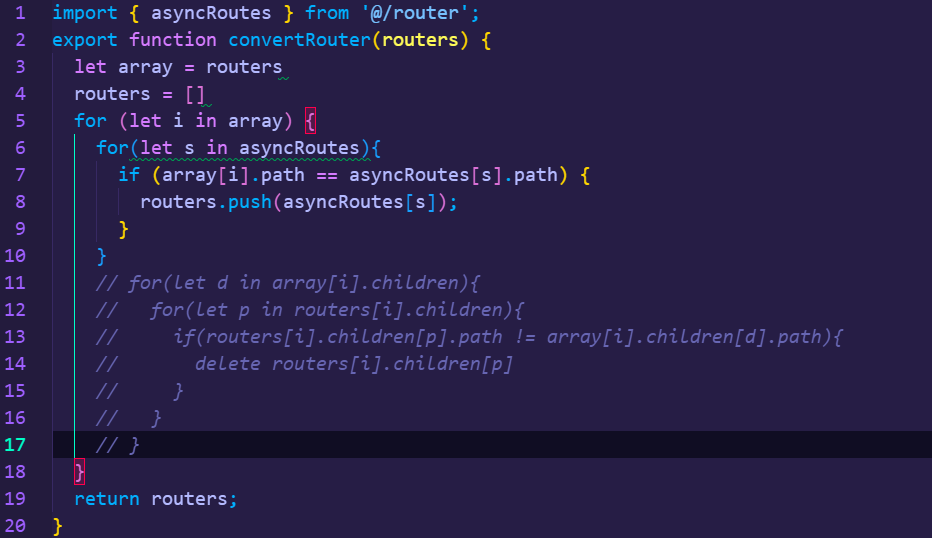


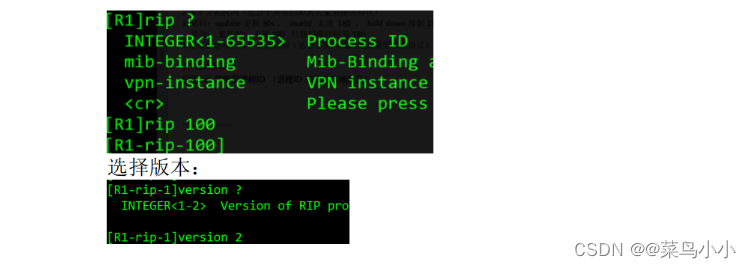
![[<span style='color:red;'>flask</span>]<span style='color:red;'>flask</span>的<span style='color:red;'>路</span><span style='color:red;'>由</span>](https://img-blog.csdnimg.cn/direct/98b61a49985846e49f82dfbadc06628e.png)






















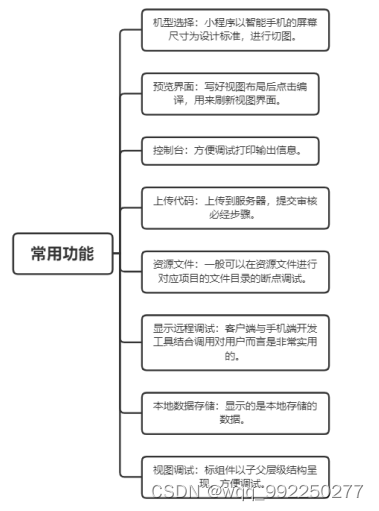
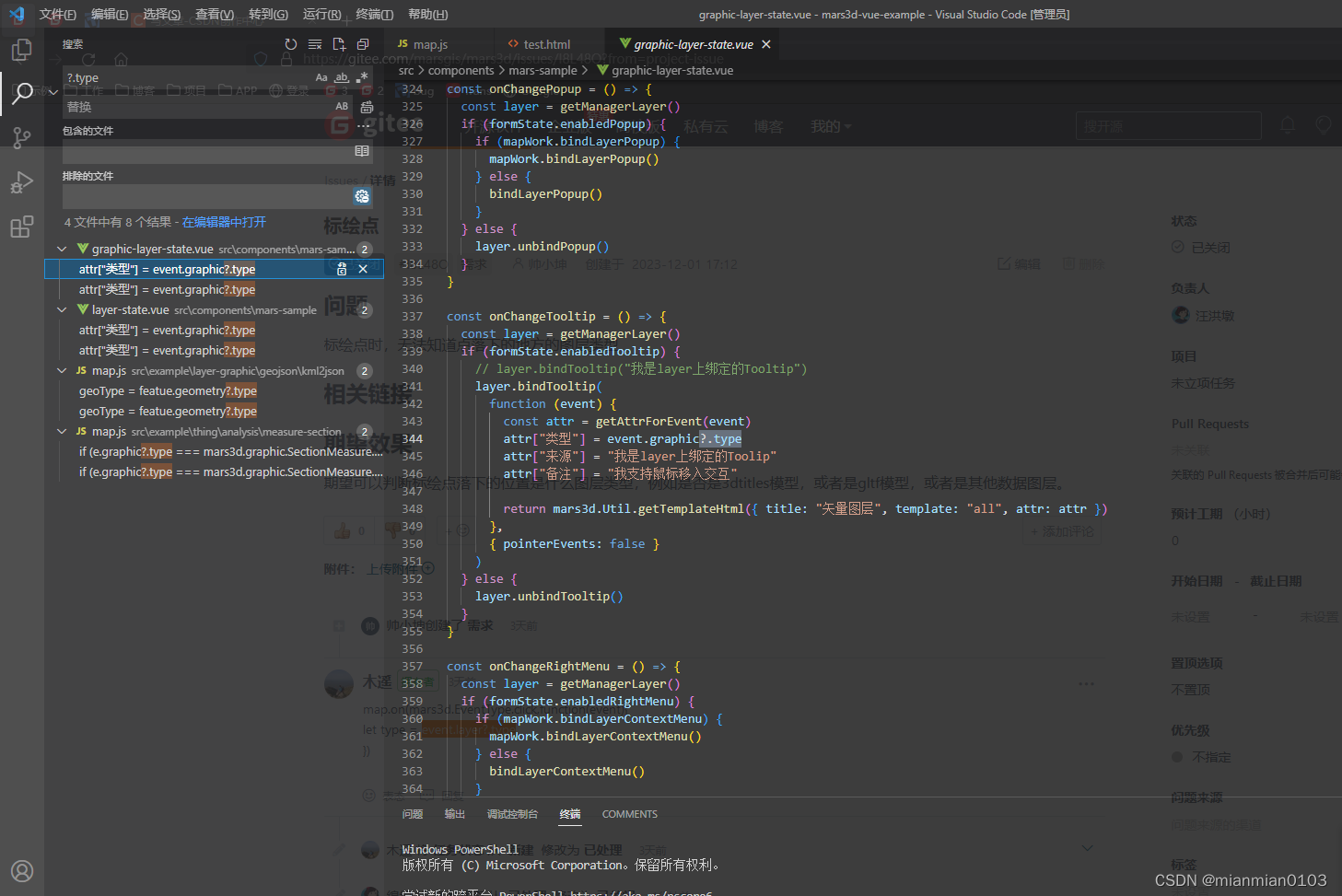
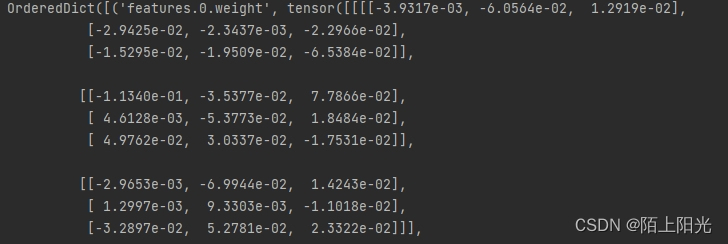

![P9242 [蓝桥杯 2023 省 B] 接龙数列(dp+最长接龙序列+分类)](https://img-blog.csdnimg.cn/direct/83457fda70304d9cb8fe043ee1bedff6.png)







